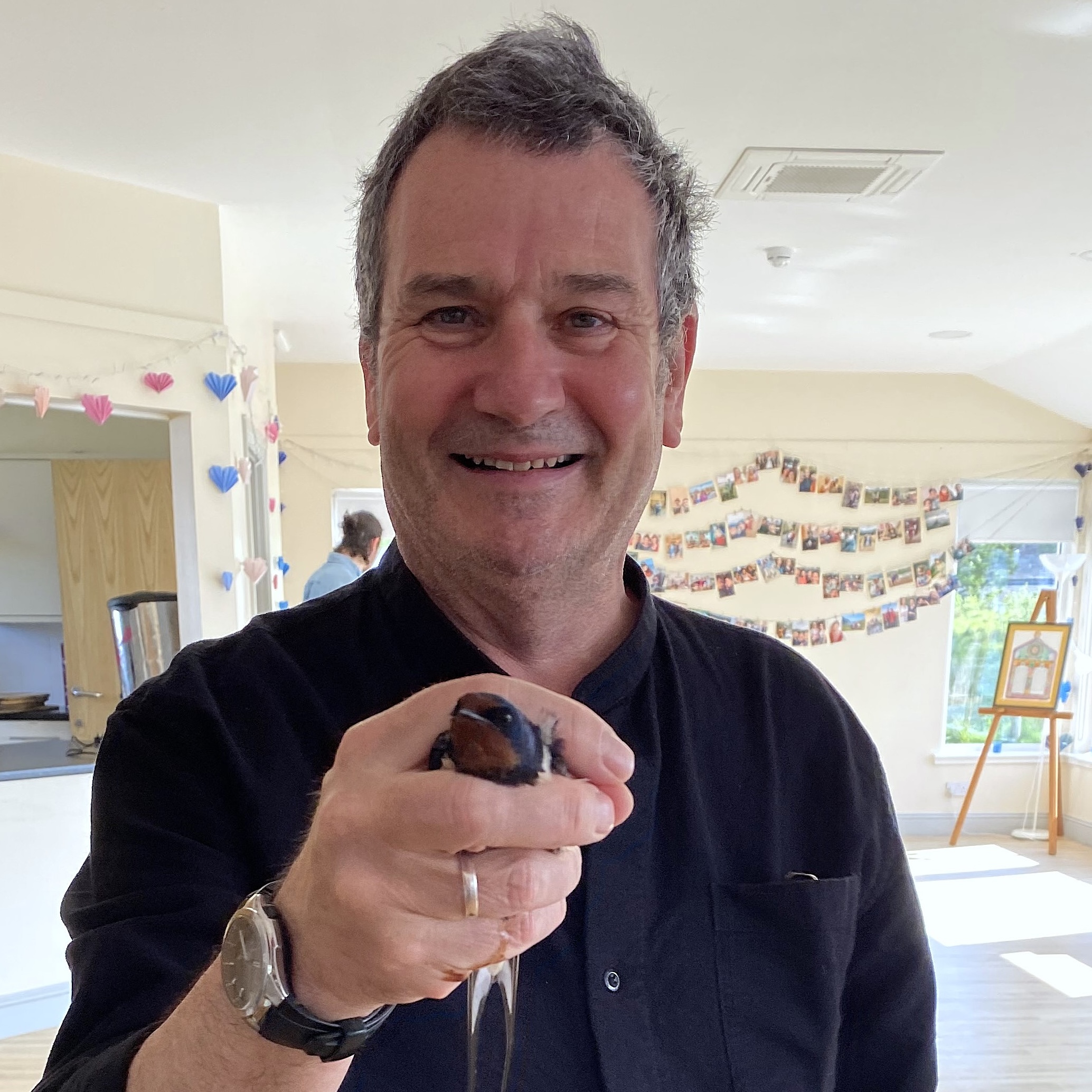The red kite is a soaraway success story, having escaped extinction to become a familiar sight in our skies again
Unhurried in flight and with a sideline in stolen goods, the handsome red kite is the gentleman thief of the raptor world, writes Mark Cocker.
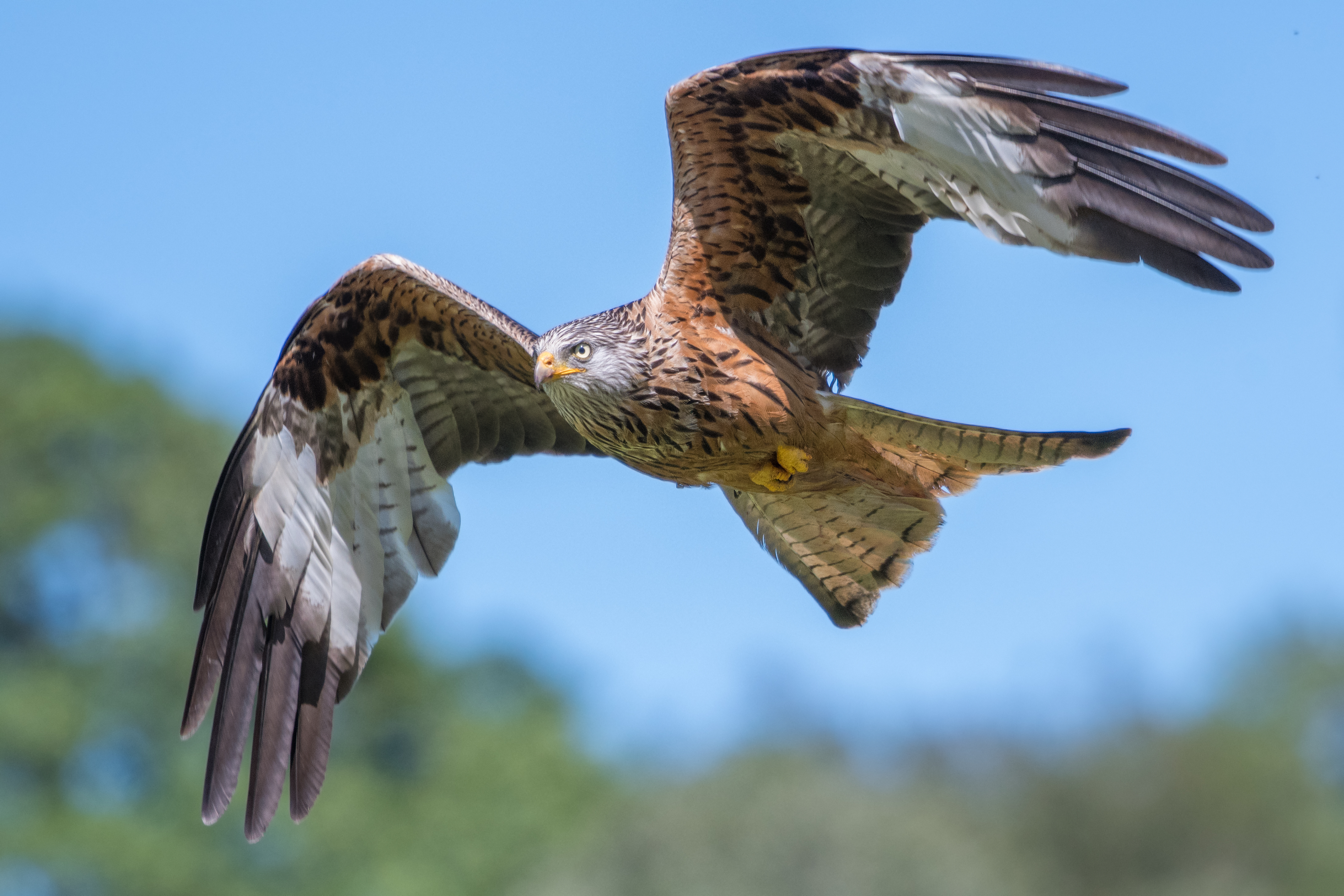
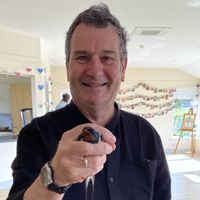
Eagles may have a near-monopoly in raw power and hunting ospreys own the franchise for pure drama, but no other flying bird of prey possesses the languid eloquence of the red kite (Milvus milvus). No matter the circumstances, the bird seems unable to hurry.
Its wings, proportionate to its weight, are the longest of any British raptor and the full span rises and falls with a slow, measured, deeply rhythmic beat. The forked tail is equally long — even longer by itself, in fact, than most male sparrowhawks. All these parts combine in perfect harmony to create the bird’s aerial impression of leisured grace.
At one time, the only part of Britain where you could enjoy this spectacle was central Wales, an area that eventually advertised itself as ‘kite country’. It still does, albeit not with the same sense of exclusivity. In the past three decades, there has been such an upsurge in kite range and numbers that it is now hard to judge which is the more exciting development: the restoration of breeding ospreys across Britain, the resurrection of our peregrine population or this red-kite explosion.
The birds are commonplace not only across southern England, but in the Midlands, Yorkshire and both the south-west and far Highlands of Scotland, too. In Wales, they are almost everywhere. The last British census that took place in 2016 recorded 4,400 pairs, which is almost certainly a major underestimate of the current total. However, the key measure of the whole change is the British breeding figure logged in 1976: only 34 pairs and all in central Wales.
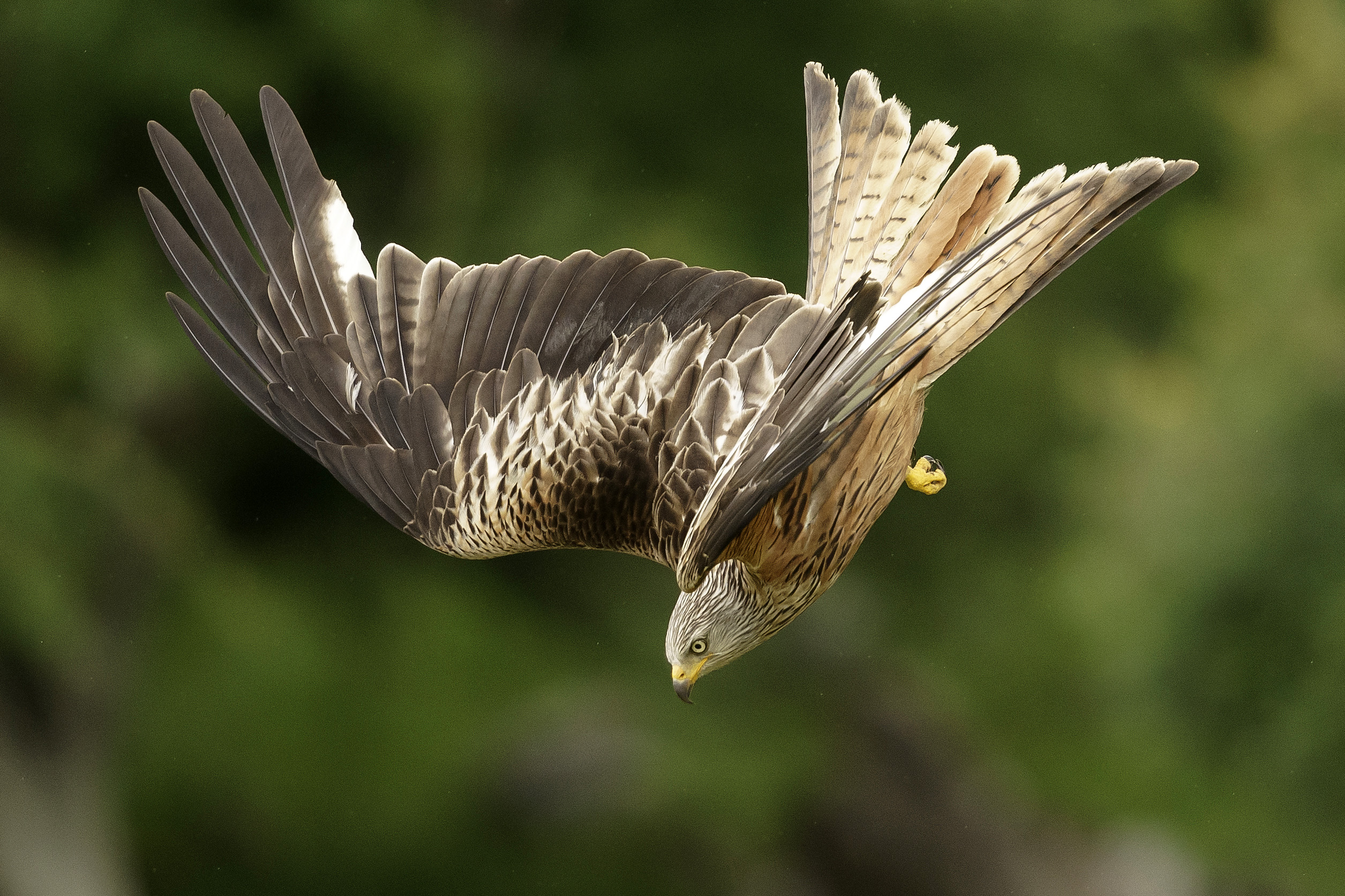
In the past decades, red kite numbers have increased by 2,000%.
What turned the tide? A 1989 release programme using kites imported from Sweden and Spain was so successful, especially in the Chilterns, that wild English-reared birds were eventually used to underpin final releases into the 21st century, such as those in Co Down, Northern Ireland.
There are still problems to be overcome: use of poisoned baits and collisions with wind turbines have slowed the birds’ return in northern Scotland. Yet the overall picture is remarkable: in the past decades, numbers have increased by 2,000%. One of the stranger ironies of the success is that, today, the species is technically ‘green-listed’, meaning there are no perceived threats to our population. However, in Europe, red kites are judged near-threatened now and it may be the case that British-born kites will support reintroduction work back on the Continent.
We no longer have to visit Wales to enjoy these magnificent birds. In fact, would-be kite spotters might only need to go as far as the nearest motorway: kites love to patrol along busy roads because of the food supplies provided by roadkill. In Wales itself, you can also call at Gigrin Farm, near Rhayader. In the early 1990s, its owner took to feeding a few kites that roosted in his trees; little did he realise he was seeding what is probably the species’ largest congregation found anywhere in the world. The farm has since evolved into a major attraction and, during some big winter gatherings, there can be 600 birds on the wing together.
Exquisite houses, the beauty of Nature, and how to get the most from your life, straight to your inbox.
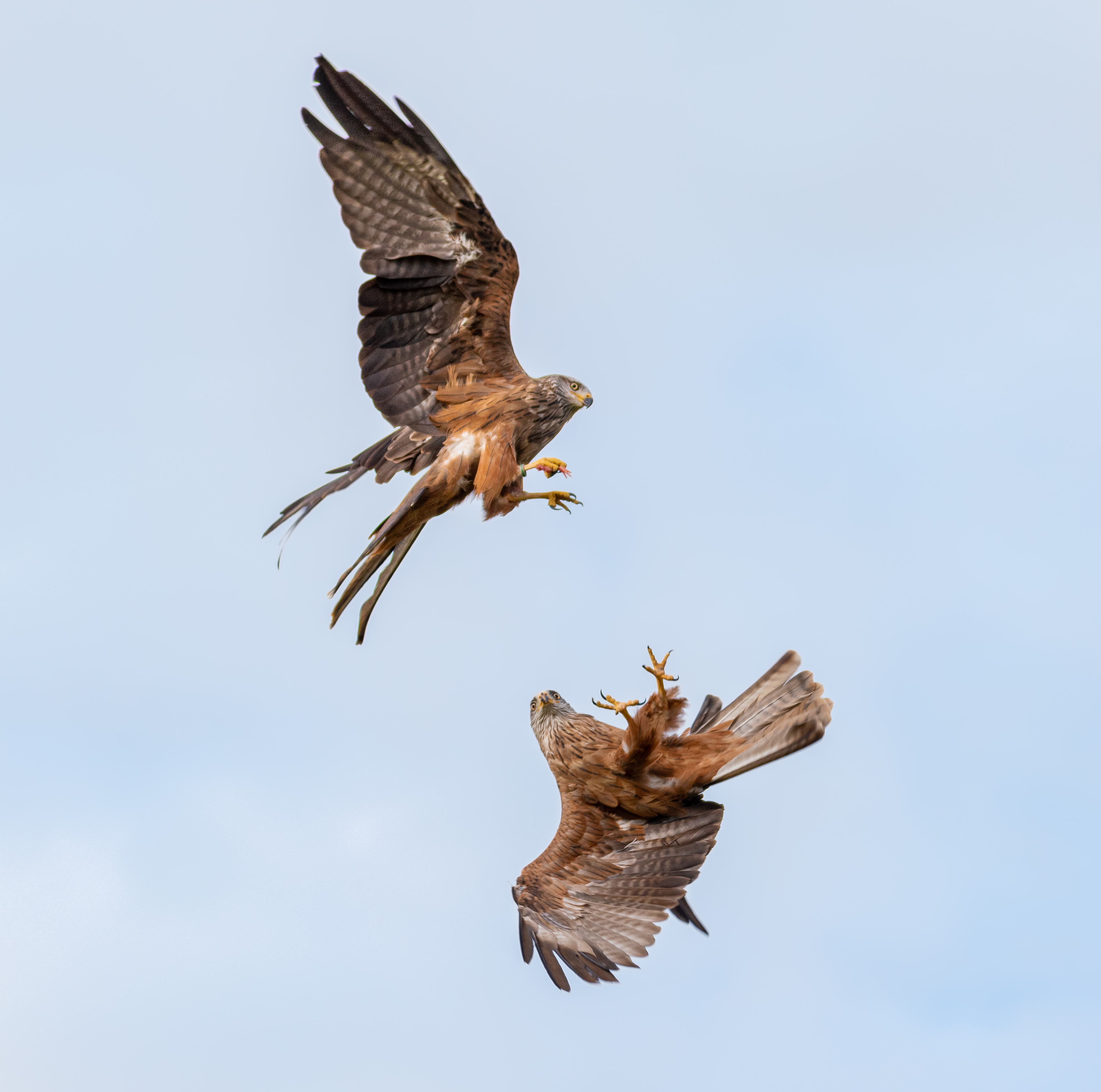
Many red kites commit 'petty theft', swooping down to collect people's unattended belongings.
Kites need tall trees in which to build, but they readily take over old nests left by buzzards and crows, decorating the inner lining with scraps of sheep’s wool or even paper, plastic and rags. They have even been shown to steal items from washing lines for furnishing purposes. This behaviour was known even in Tudor times — and we have that on the highest literary authority. Shakespeare evidently came across it in kites that nested in central London, including a reference to it in The Winter’s Tale, the larcenous ne’er-do-well Autolycus announcing ‘when the kite builds, look to lesser linen’.
On one northern Scottish estate, the modern craze for wild swimming has offered a new frontier in the old kite line of petty theft: visitors have gone off skinny dipping only to return to find some clothes items missing. Later in the season, experts licensed to ring the juvenile kites at the nest have found the youngsters cosied up to underpants and socks.
Mark Cocker's latest book, ‘One Midsummer’s Day: Swifts and the Story of Life on Earth’, is out in paperback
This feature originally appeared in the July 2, 2025, issue of Country Life. Click here for more information on how to subscribe
Mark Cocker is a naturalist and multi-award-winning author of creative non-fiction. His last book, ‘One Midsummer’s Day: Swifts and the Story of Life on Earth’, is out in paperback. A new book entitled 'The Nature of Seeing' will be published next year by Jonathan Cape.
-
 Suit yourself: I’m a 49 year-old man-about-town and I’ve never owned a suit
Suit yourself: I’m a 49 year-old man-about-town and I’ve never owned a suitWhen Hugh Smithson-Wright turned up to Country Life's annual Gentleman's Life party sans suit, it sparked a passionate conversation about why the formal fashion just isn't for everyone.
-
 'The ugliness and craziness is a part of its charm': The Country Life guide to Bangkok
'The ugliness and craziness is a part of its charm': The Country Life guide to BangkokWhere to stay, where to eat and what to do in the Thai capital.
-
 What on earth is the person who comes up with Annabel's otherworldly facade displays on? London's most magical Christmas shop displays
What on earth is the person who comes up with Annabel's otherworldly facade displays on? London's most magical Christmas shop displaysPhotographs by Greg Funnell.
-
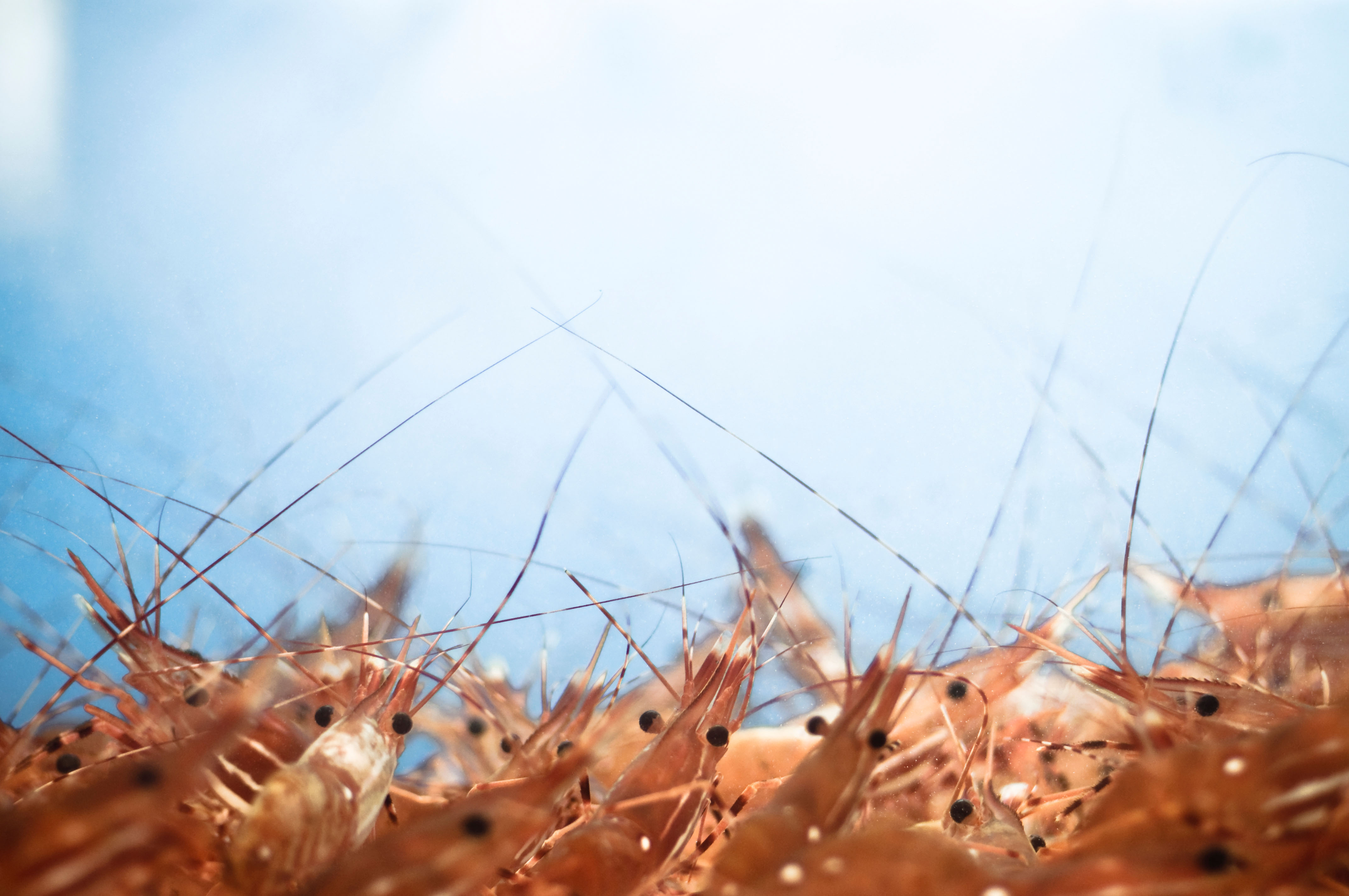 Farmers of Britain, go forth and grow prawns
Farmers of Britain, go forth and grow prawnsA new study has proposed that farmers could start growing king prawns to diversify income streams.
-
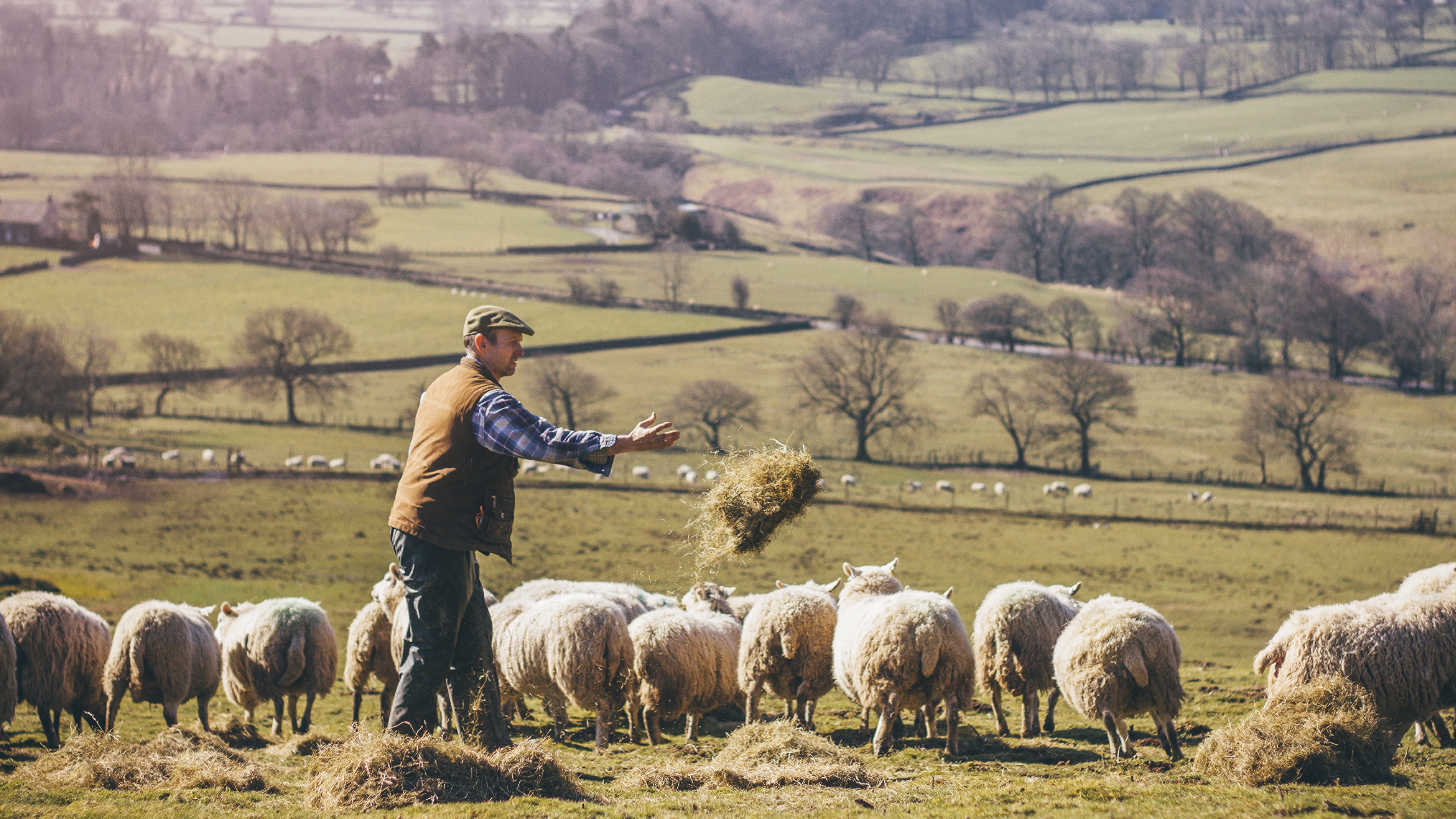 I was Jeremy Hunt’s main political adviser and helped put together multiple Autumn Statements and Budgets. This is what I think Rachel Reeves’s Budget means for the countryside
I was Jeremy Hunt’s main political adviser and helped put together multiple Autumn Statements and Budgets. This is what I think Rachel Reeves’s Budget means for the countrysideAdam Smith, former chief of staff to the Chancellor of the Exchequer, reflects on what last week's Budget means for the countryside and how we ensure the rural voice is heard loudly inside Budget preparations.
-
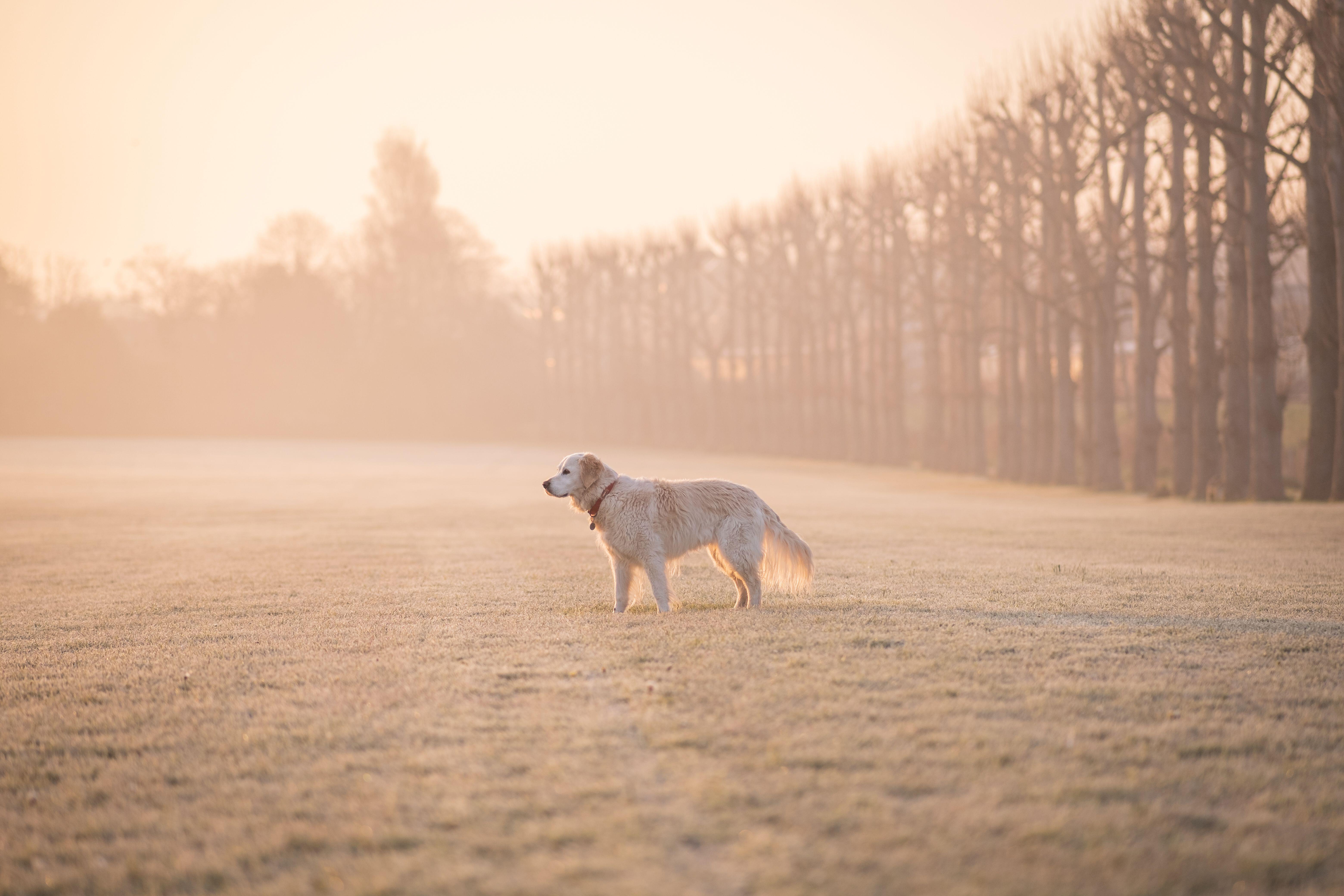 The golden retriever: The world’s most likeable dog almost didn’t exist at all
The golden retriever: The world’s most likeable dog almost didn’t exist at allThey’ve been popping up everywhere this week — on the Tube, at Christmas parties and in the news — so it feels like the perfect moment to talk about the dog breed we’re lucky to have.
-
 In search of London’s earliest pint
In search of London’s earliest pintEarly houses — pubs open in the early hours to feed and water the market trade — have been a cornerstone of London for centuries. Yet, as Will Hosie finds, they aren’t stuck in the past.
-
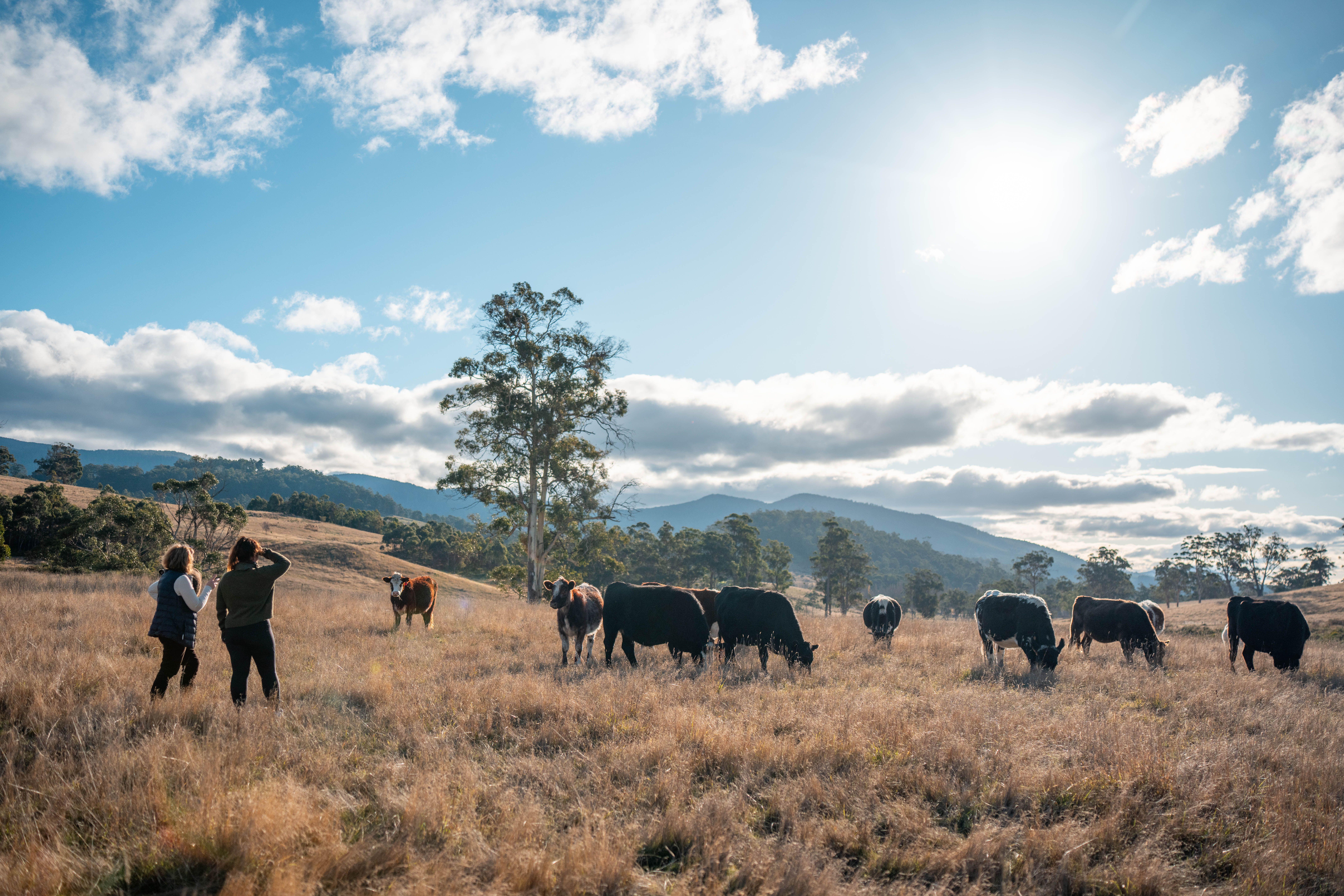 The Budget: What do we need to fix a broken countryside, and what will we get?
The Budget: What do we need to fix a broken countryside, and what will we get?With the Autumn Budget looming, countryside and heritage organisations reveal what they are hoping to hear to fix the turmoil — and what they are dreading
-
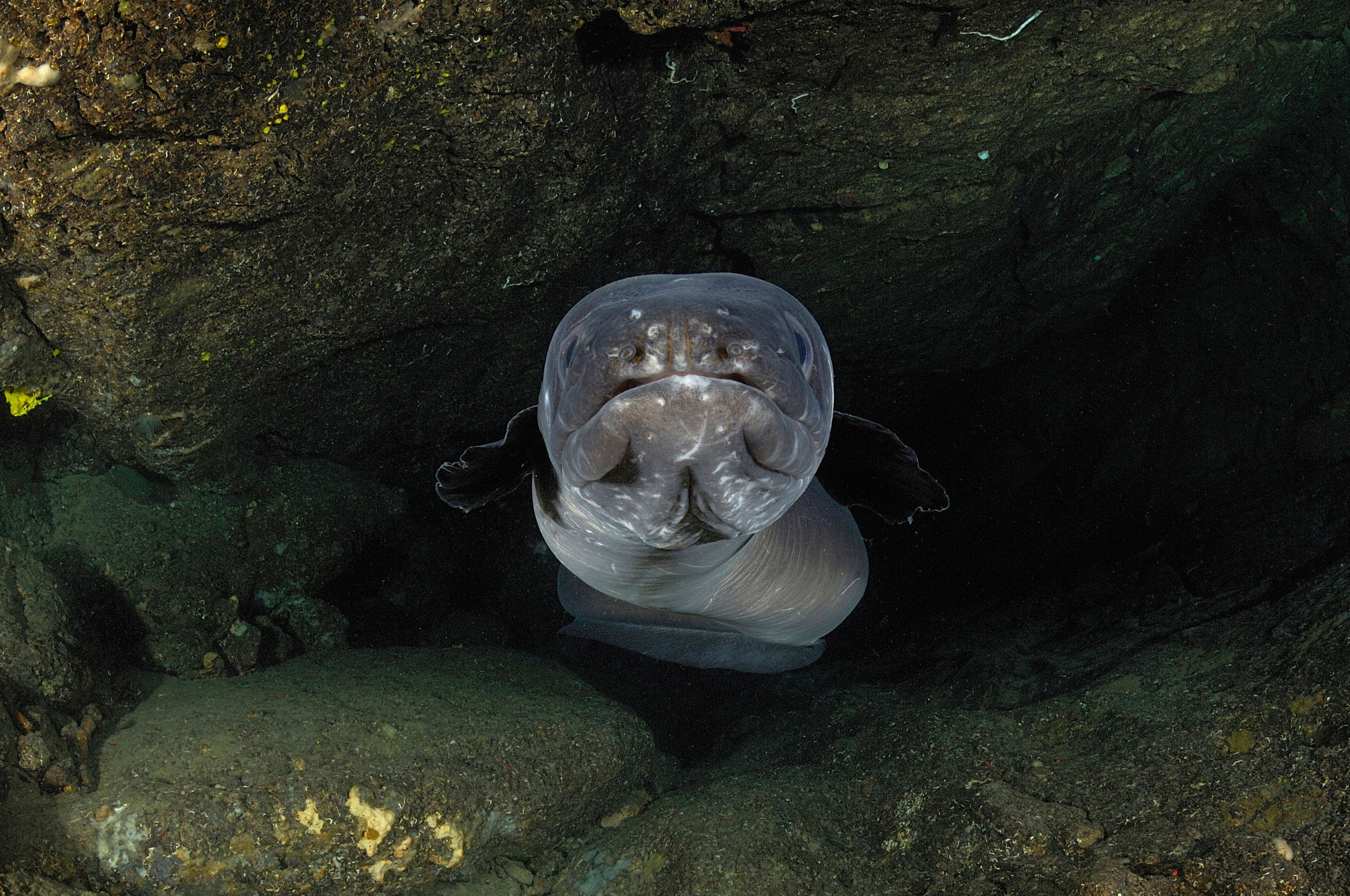 Aristotle believed they emerged spontaneously from mud, Sigmund Freud dissected thousands of them and they can dive lower than a nuclear submarine — but what is the truth about the eel?
Aristotle believed they emerged spontaneously from mud, Sigmund Freud dissected thousands of them and they can dive lower than a nuclear submarine — but what is the truth about the eel?It would seem the European eel has a long way to go to win hearts, Laura Parker says of the slippery animal with an unfortunate image problem.
-
 The Alpine rescue dog built for blizzards, bred by monks
The Alpine rescue dog built for blizzards, bred by monksAs snow fell across the UK this week, I found myself day-dreaming of St Bernards striding through the Alps — a snow-day dog worth celebrating.
